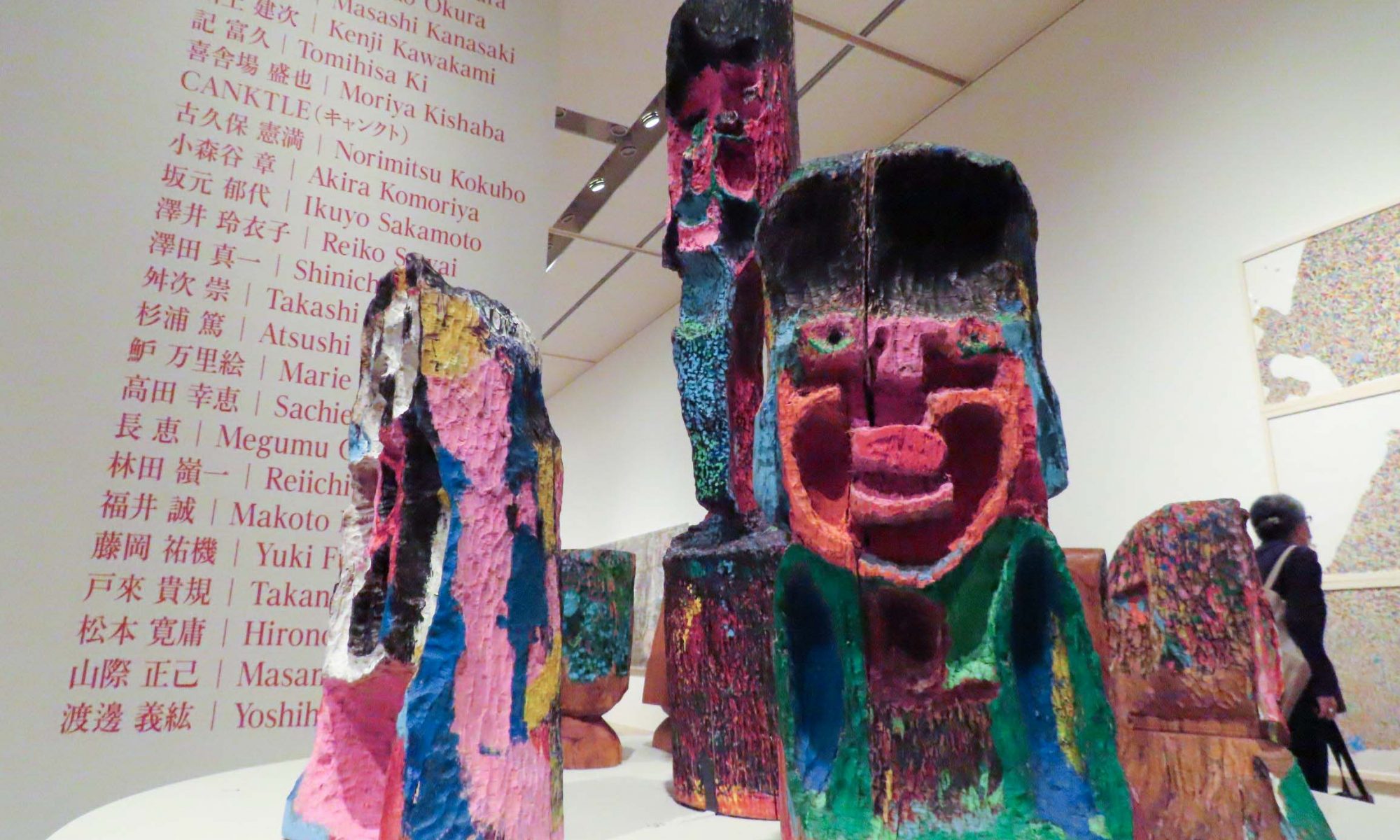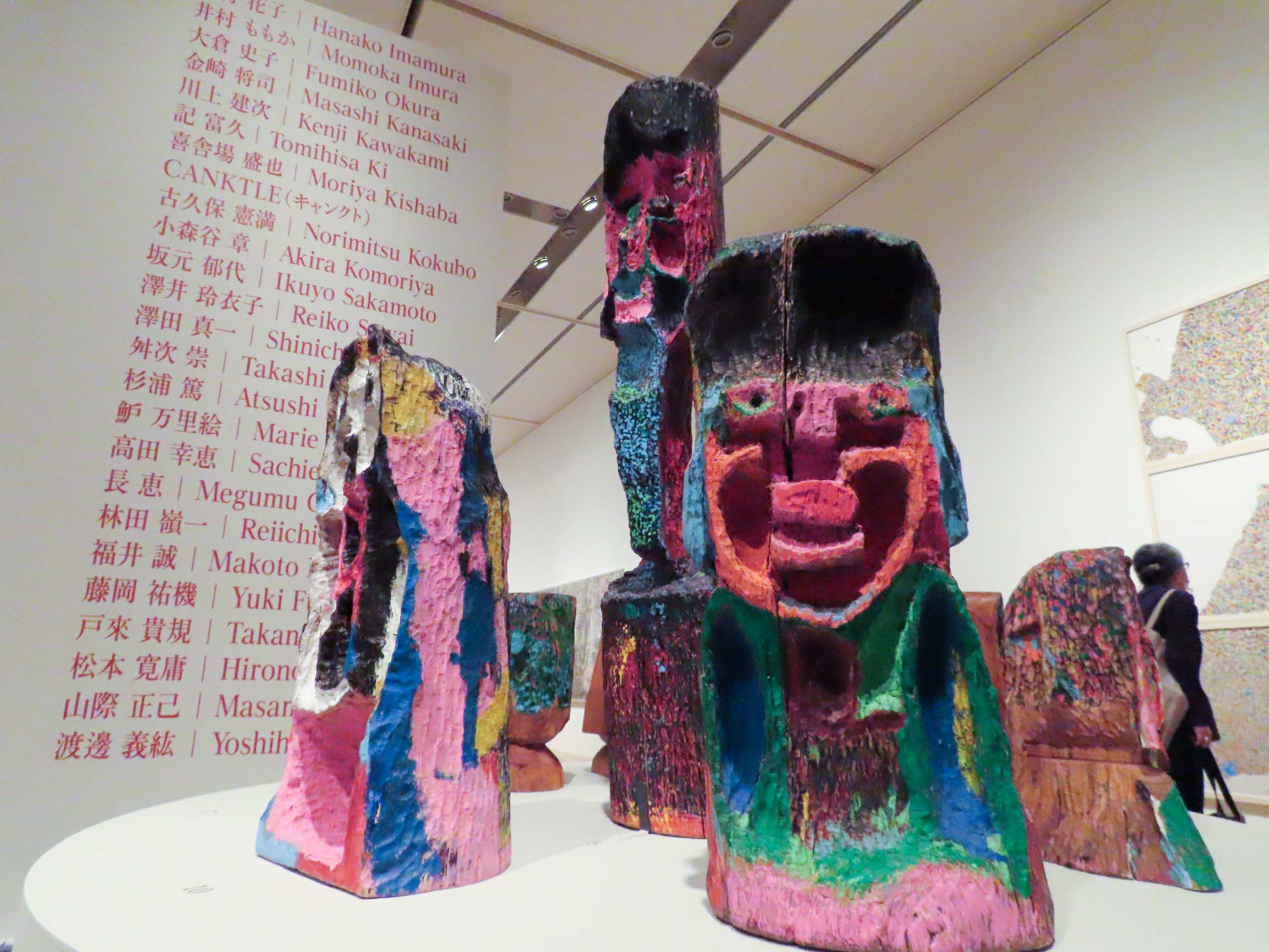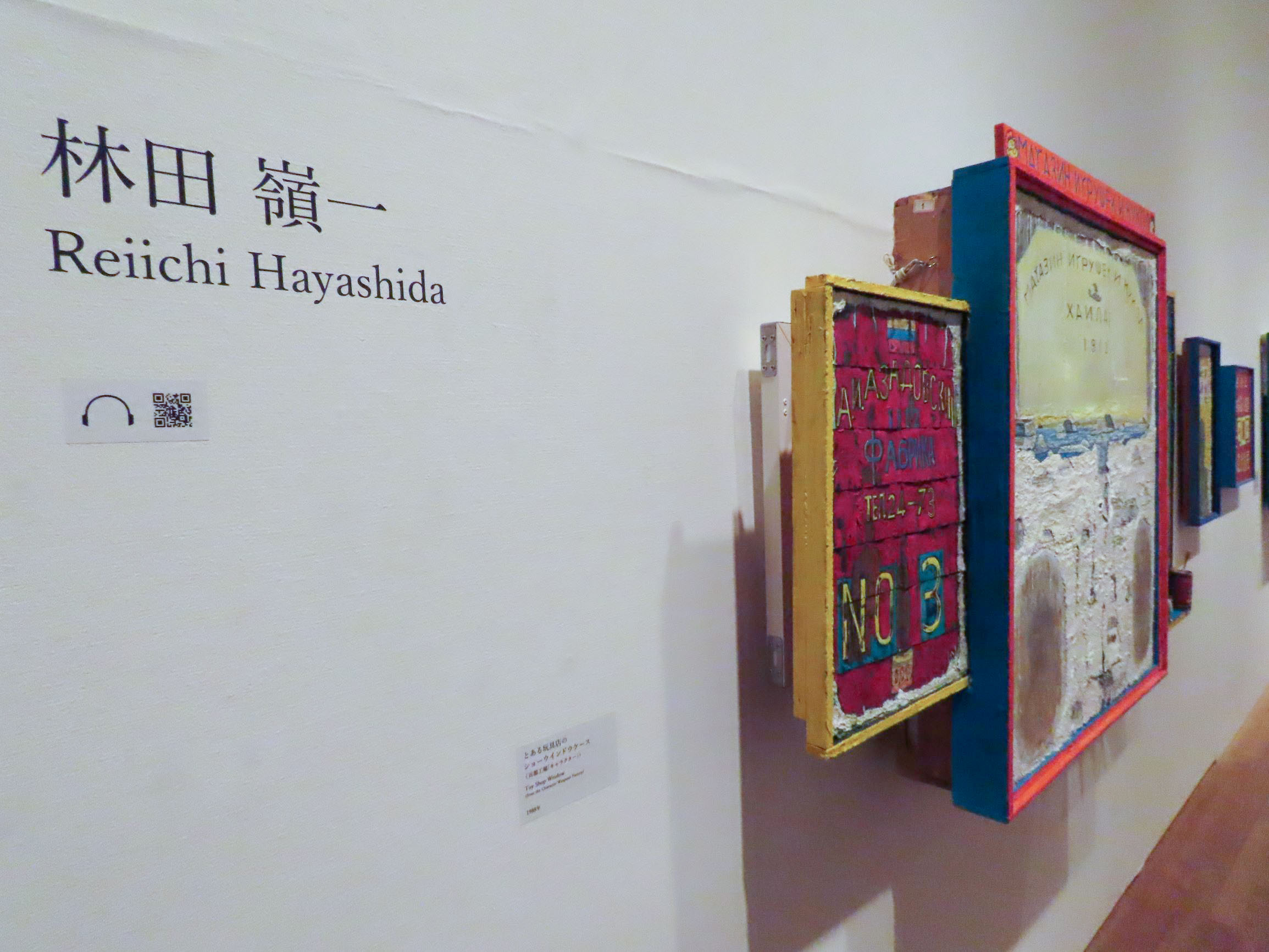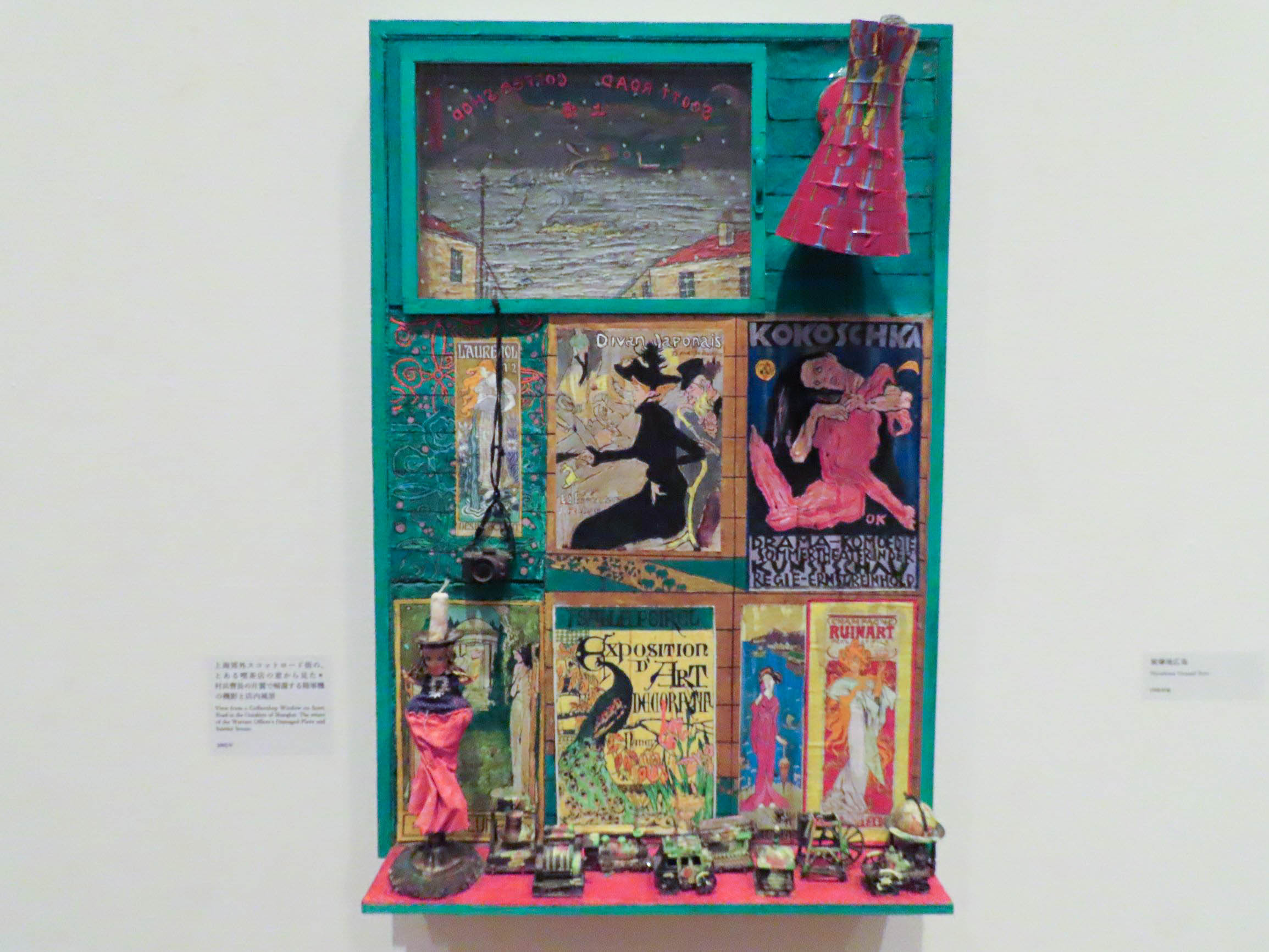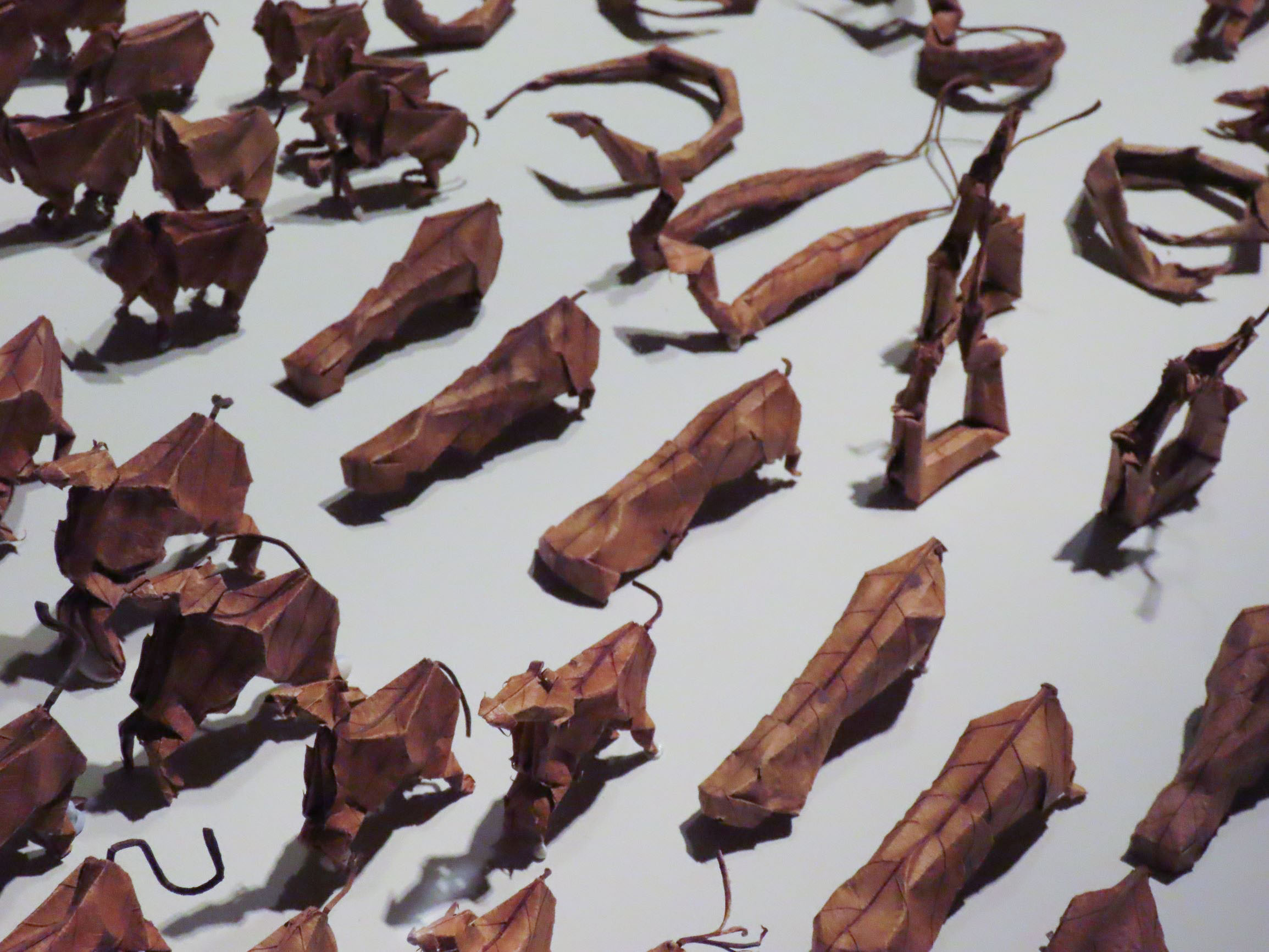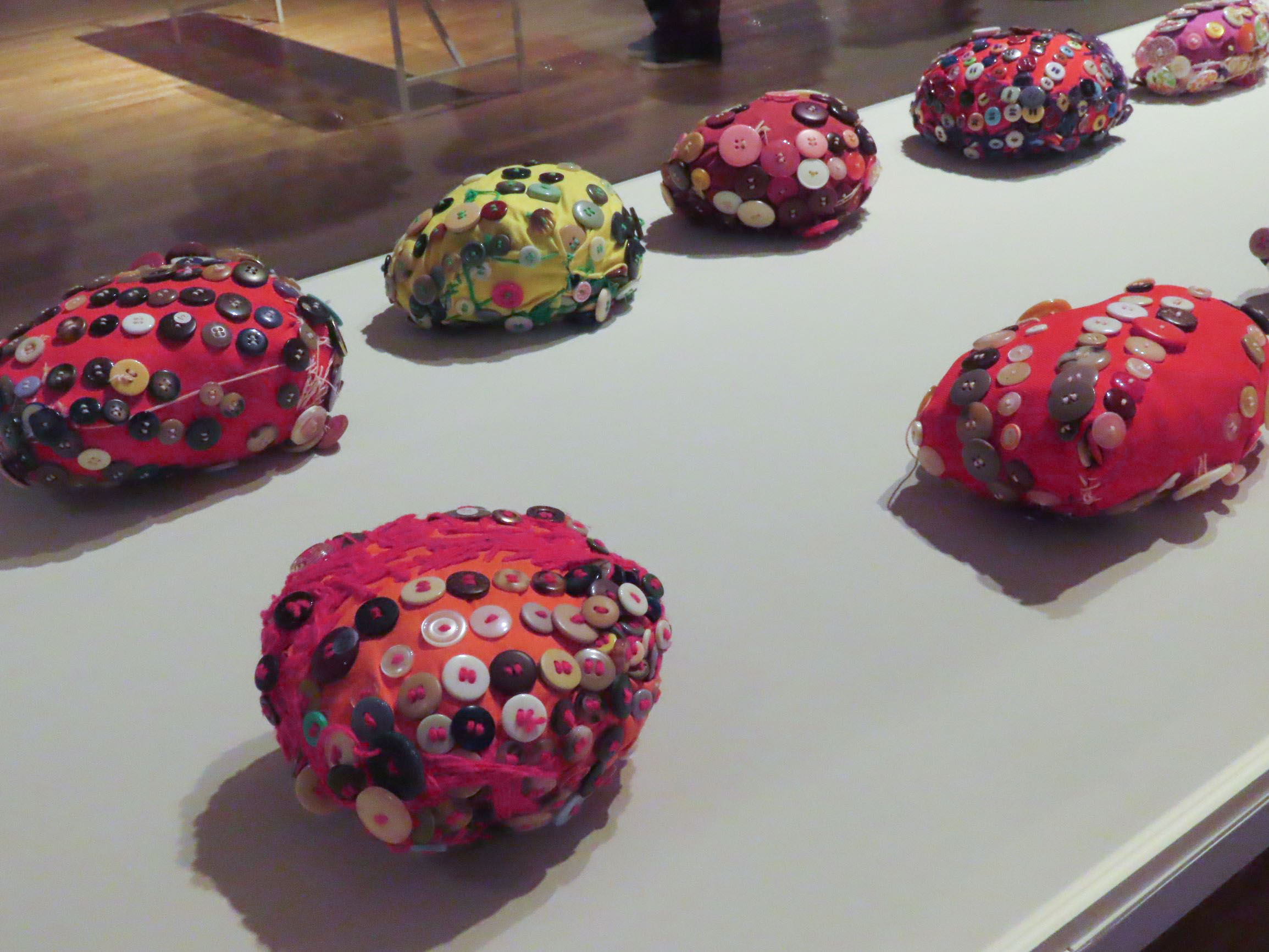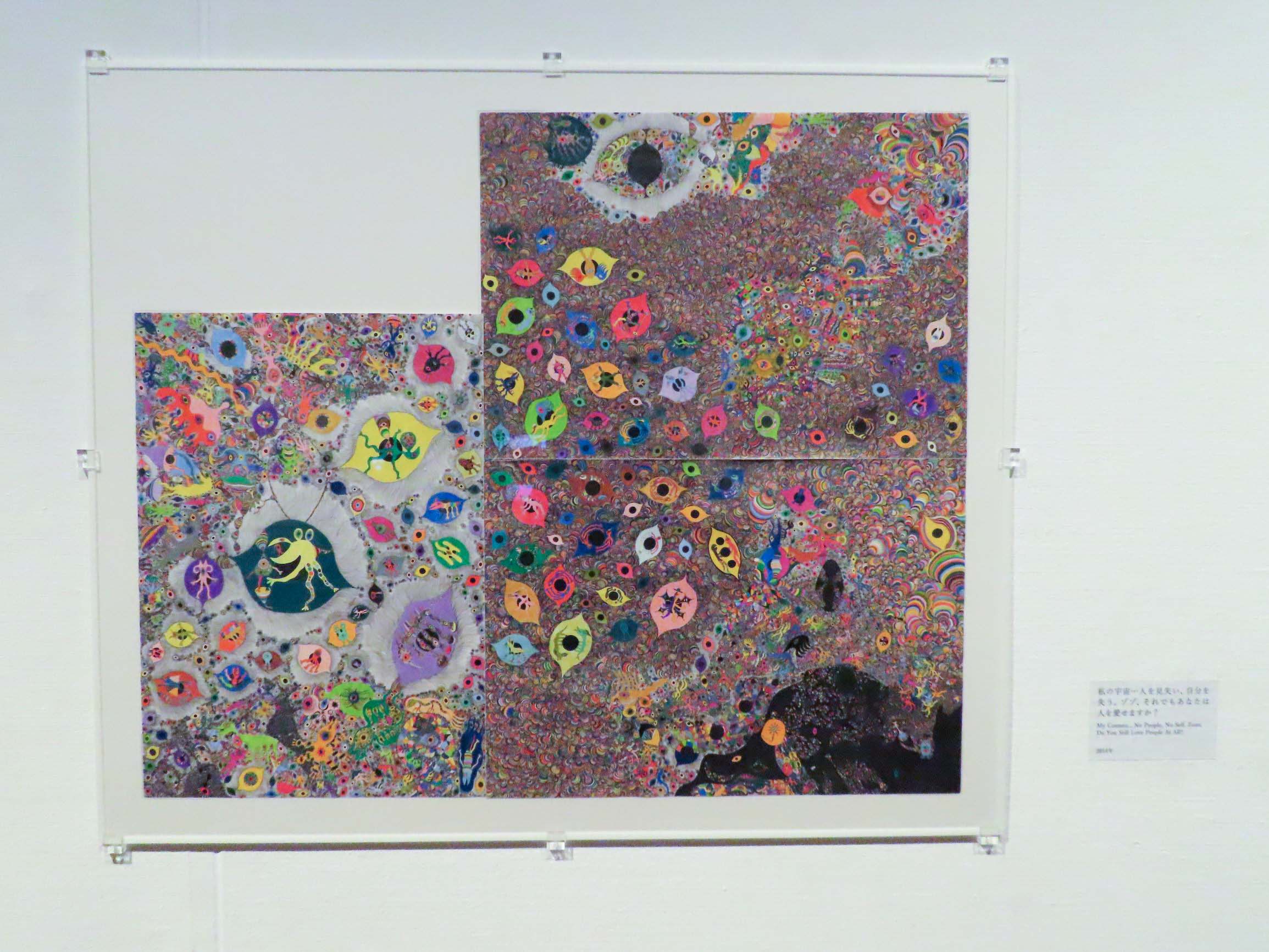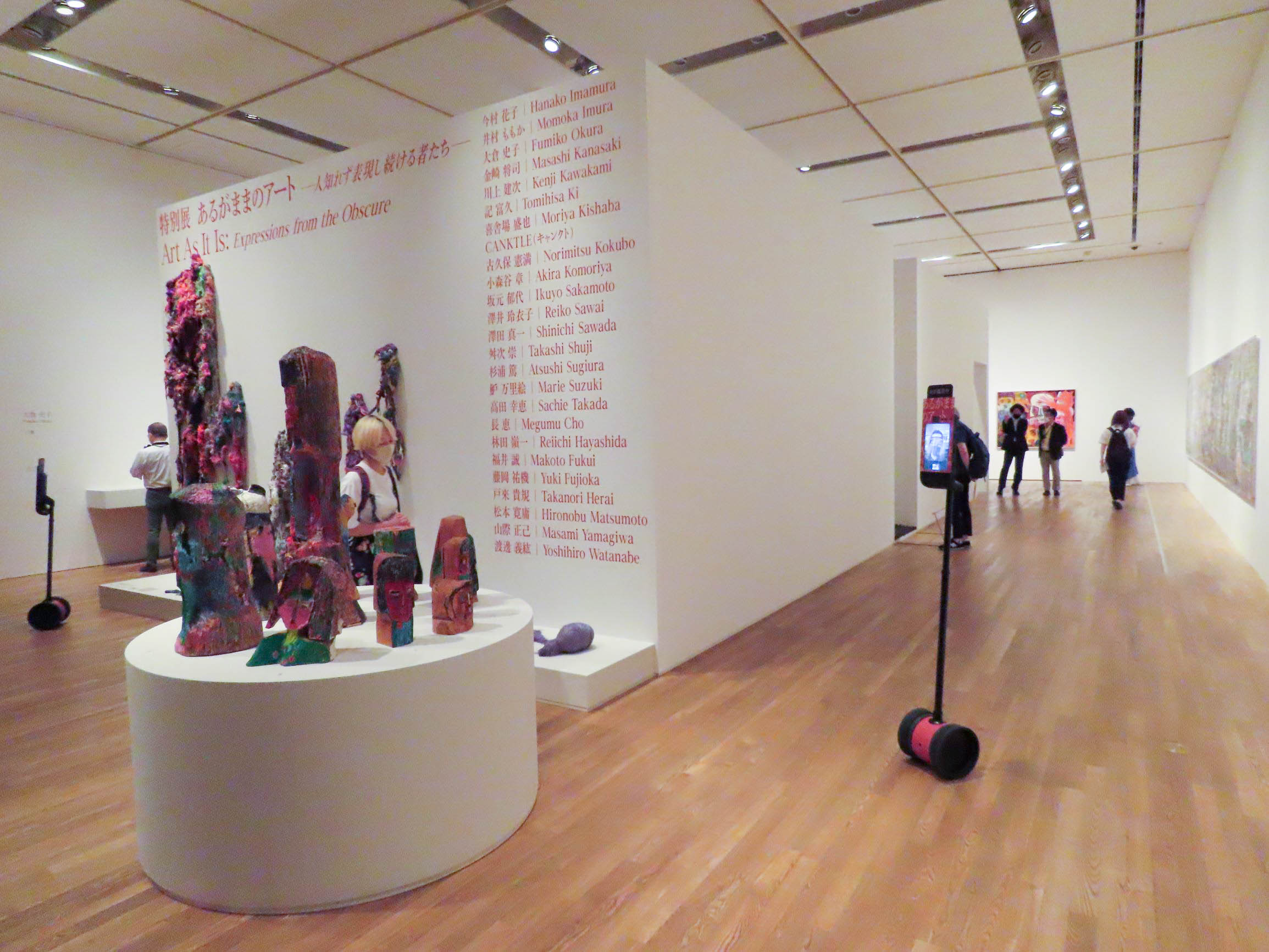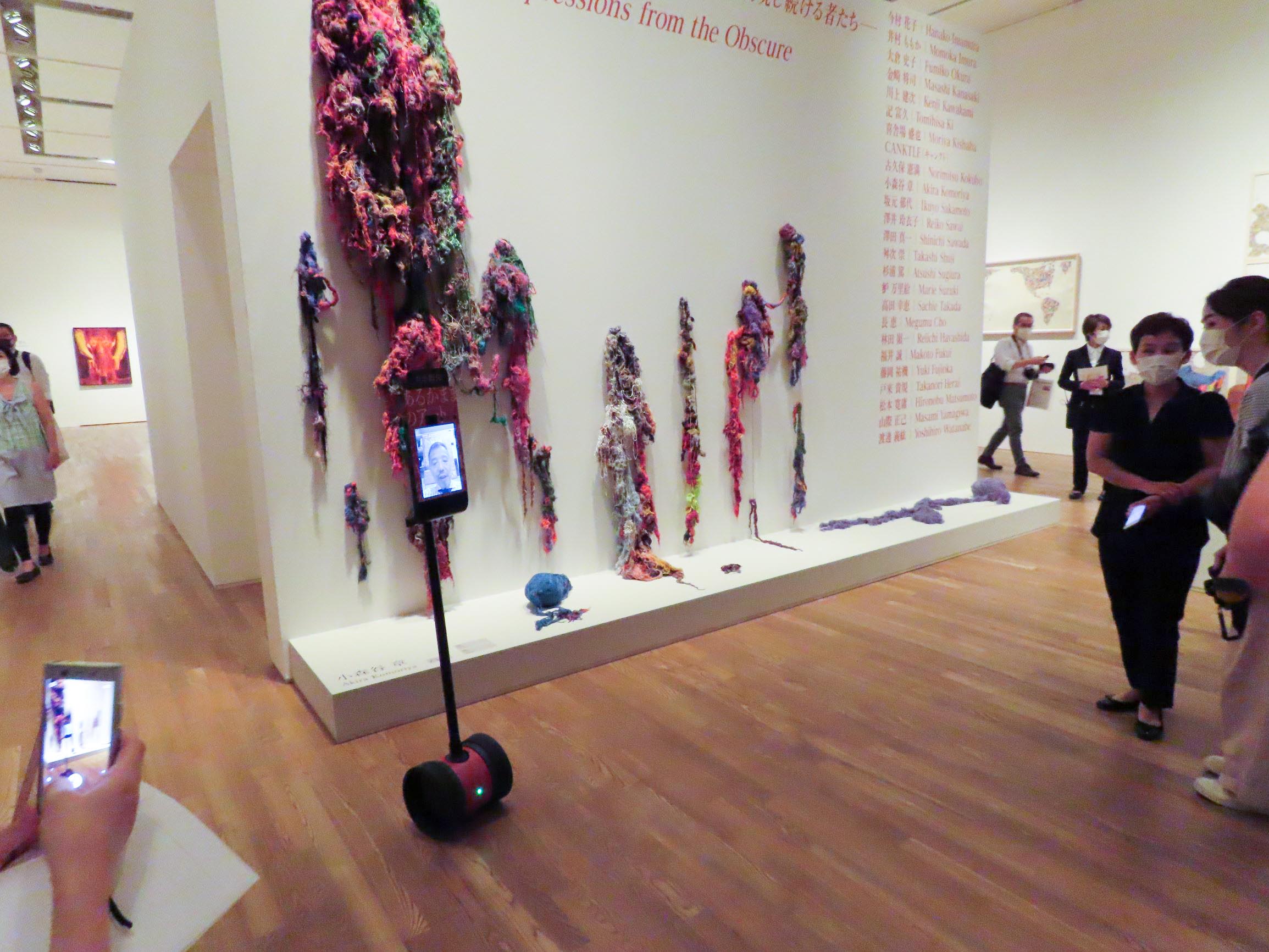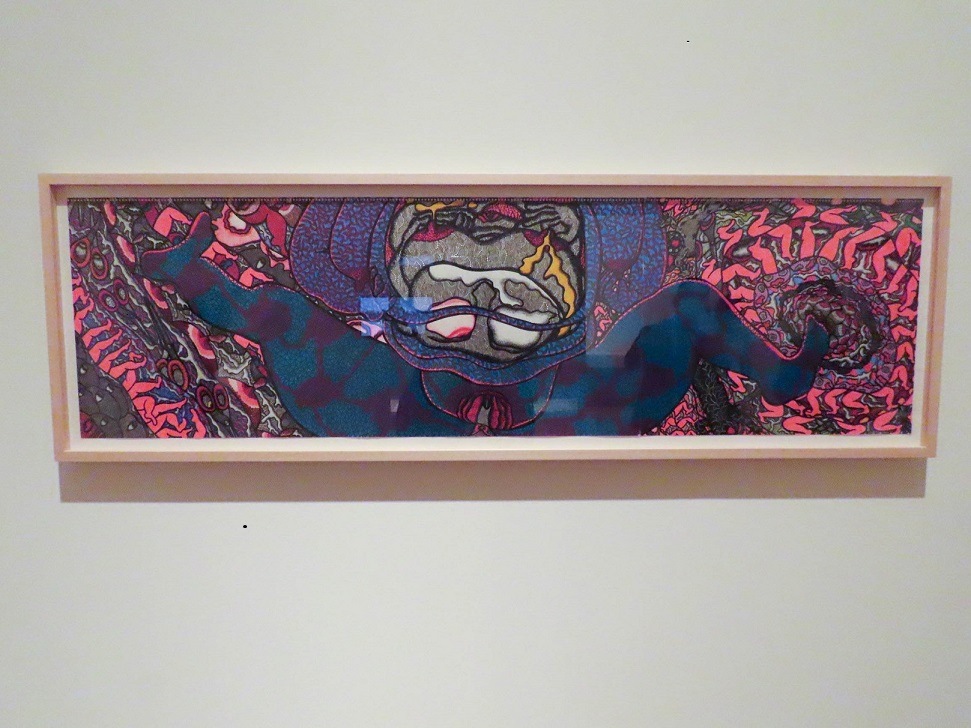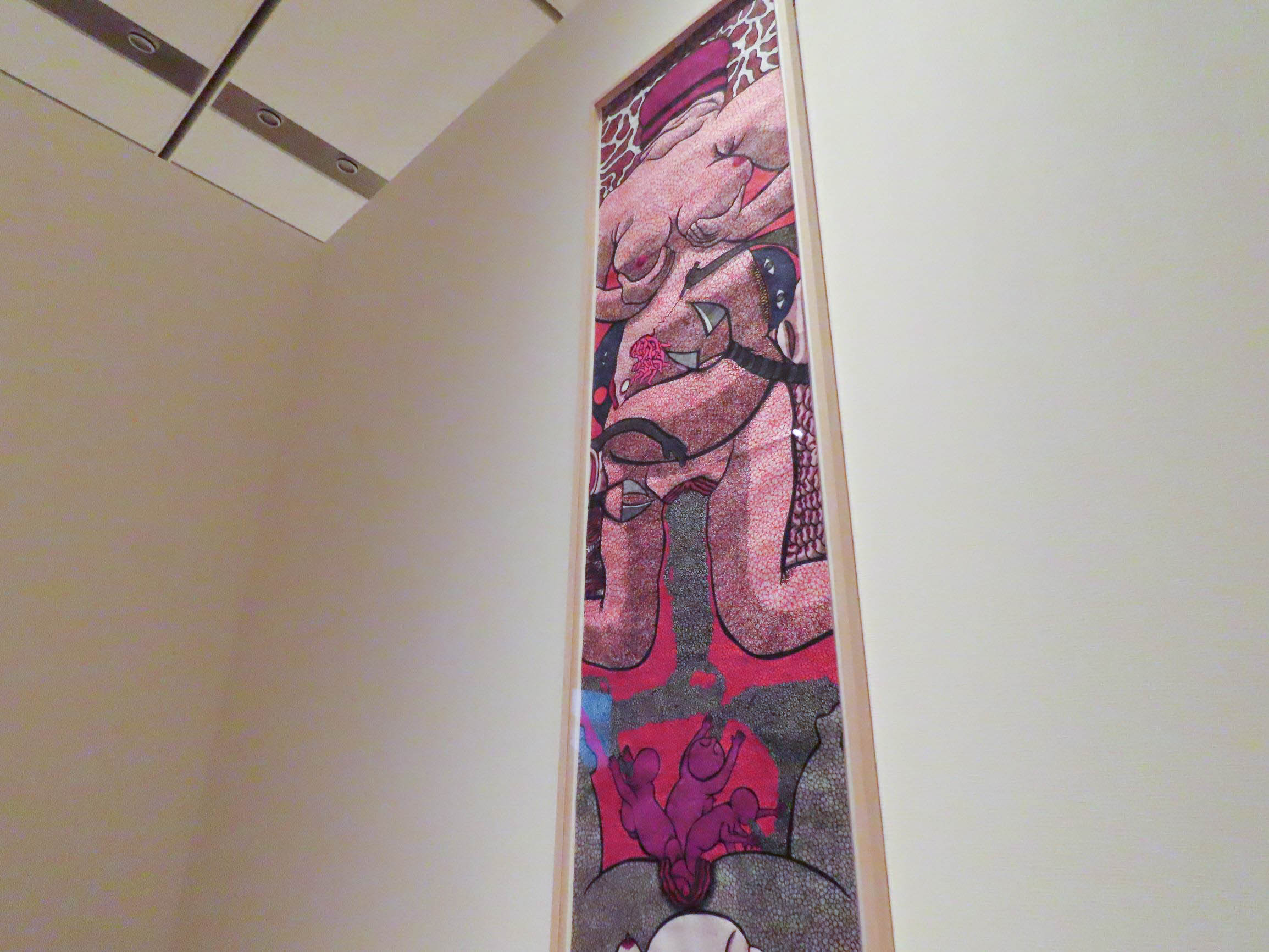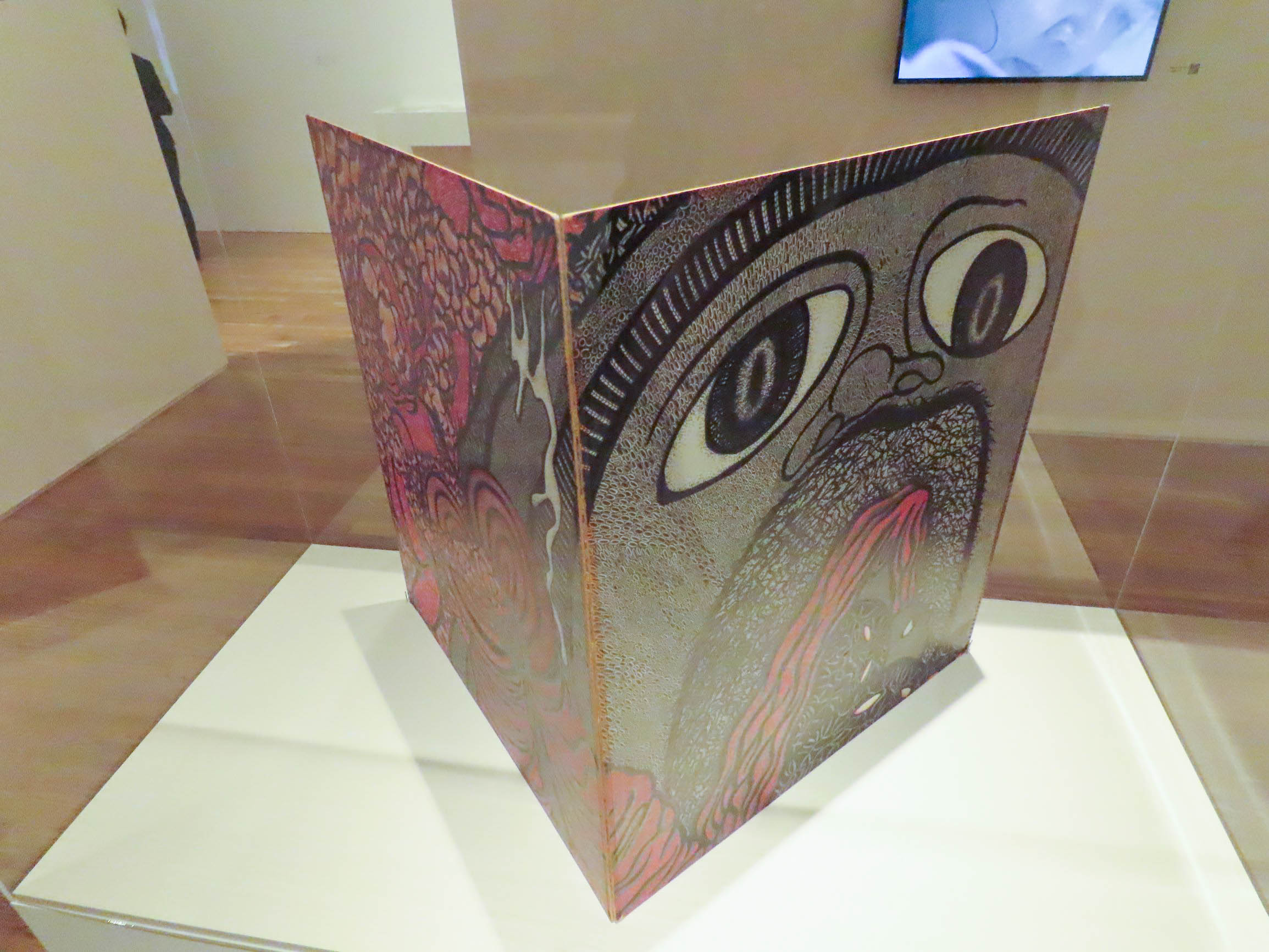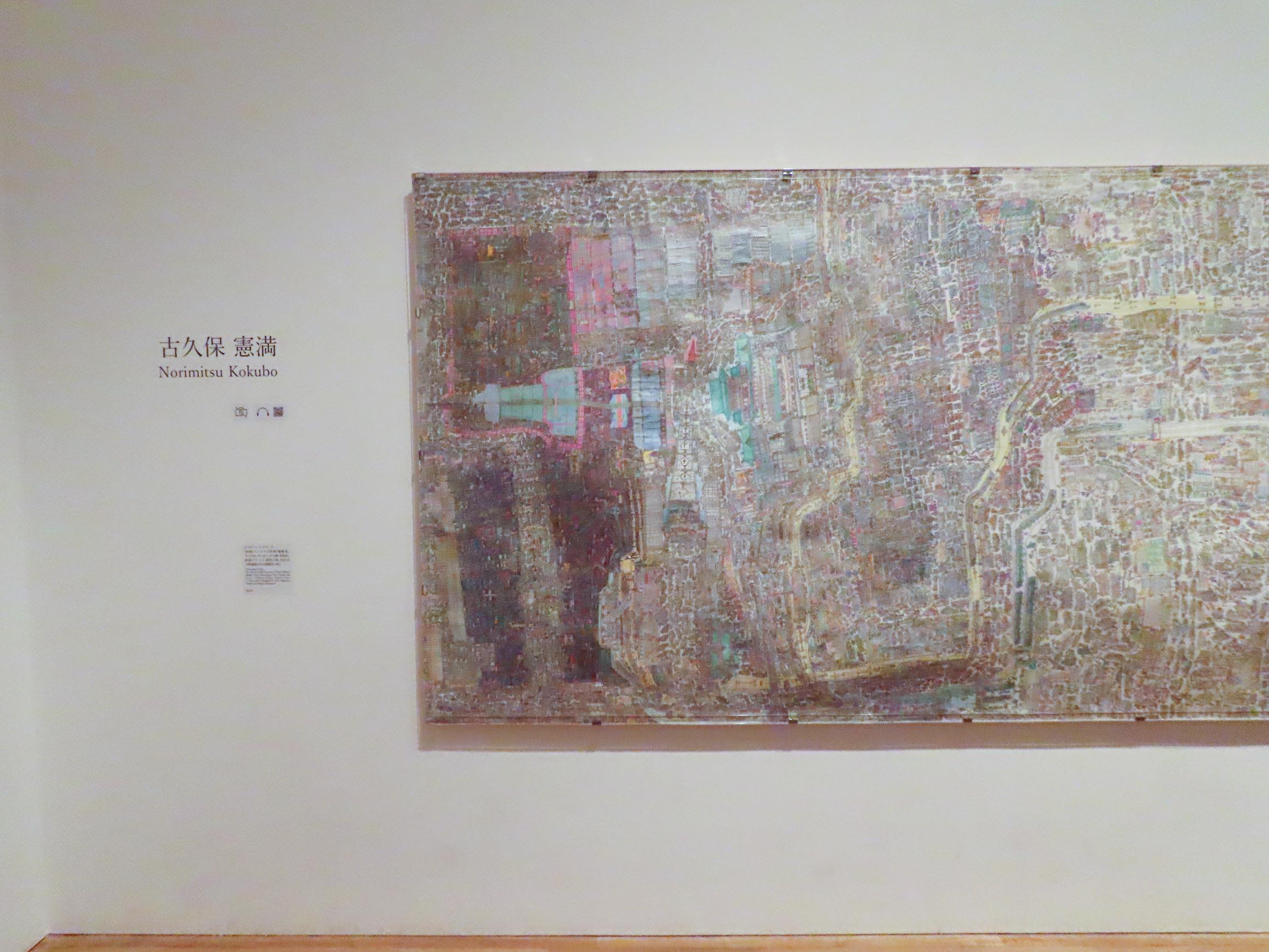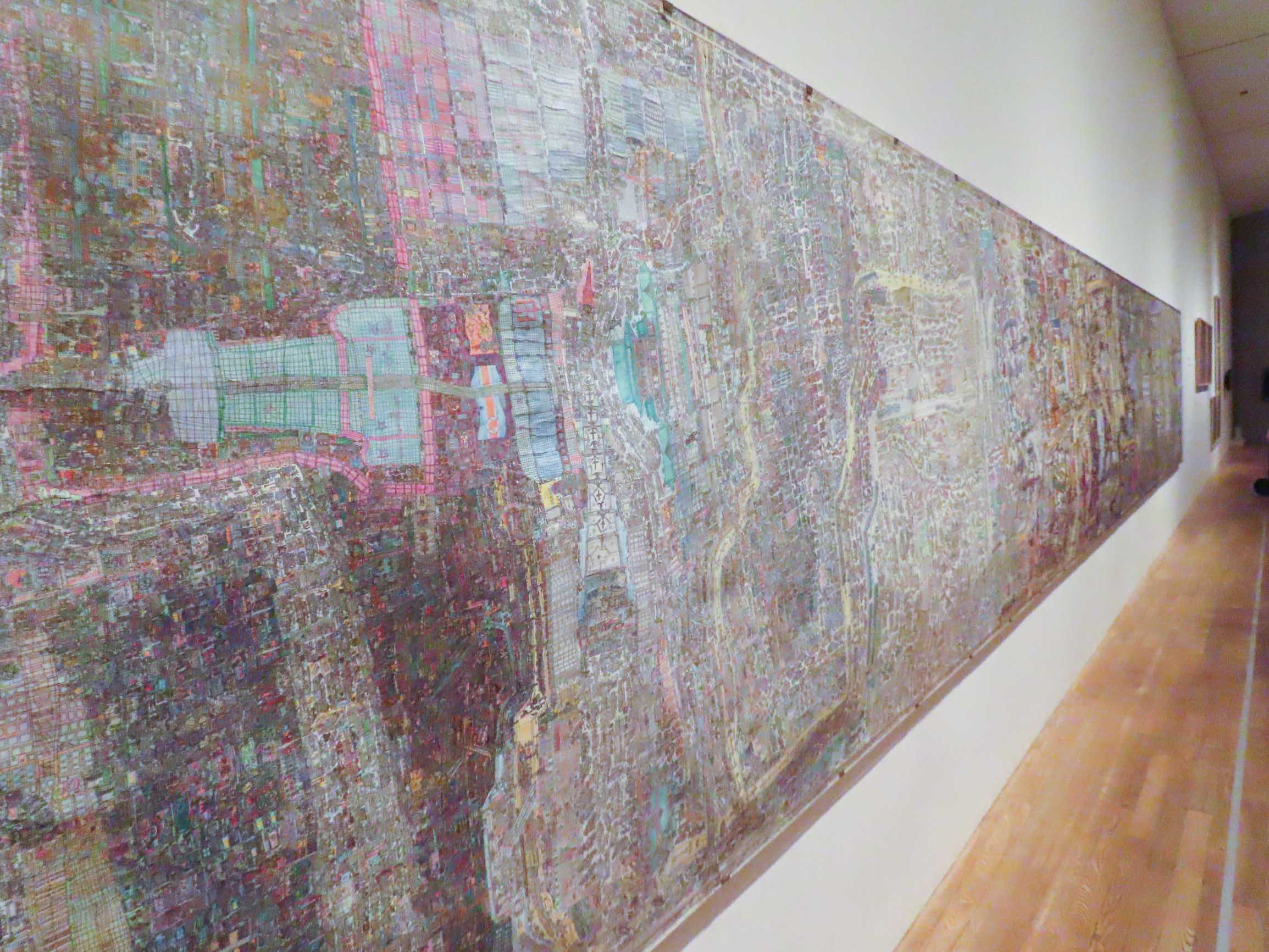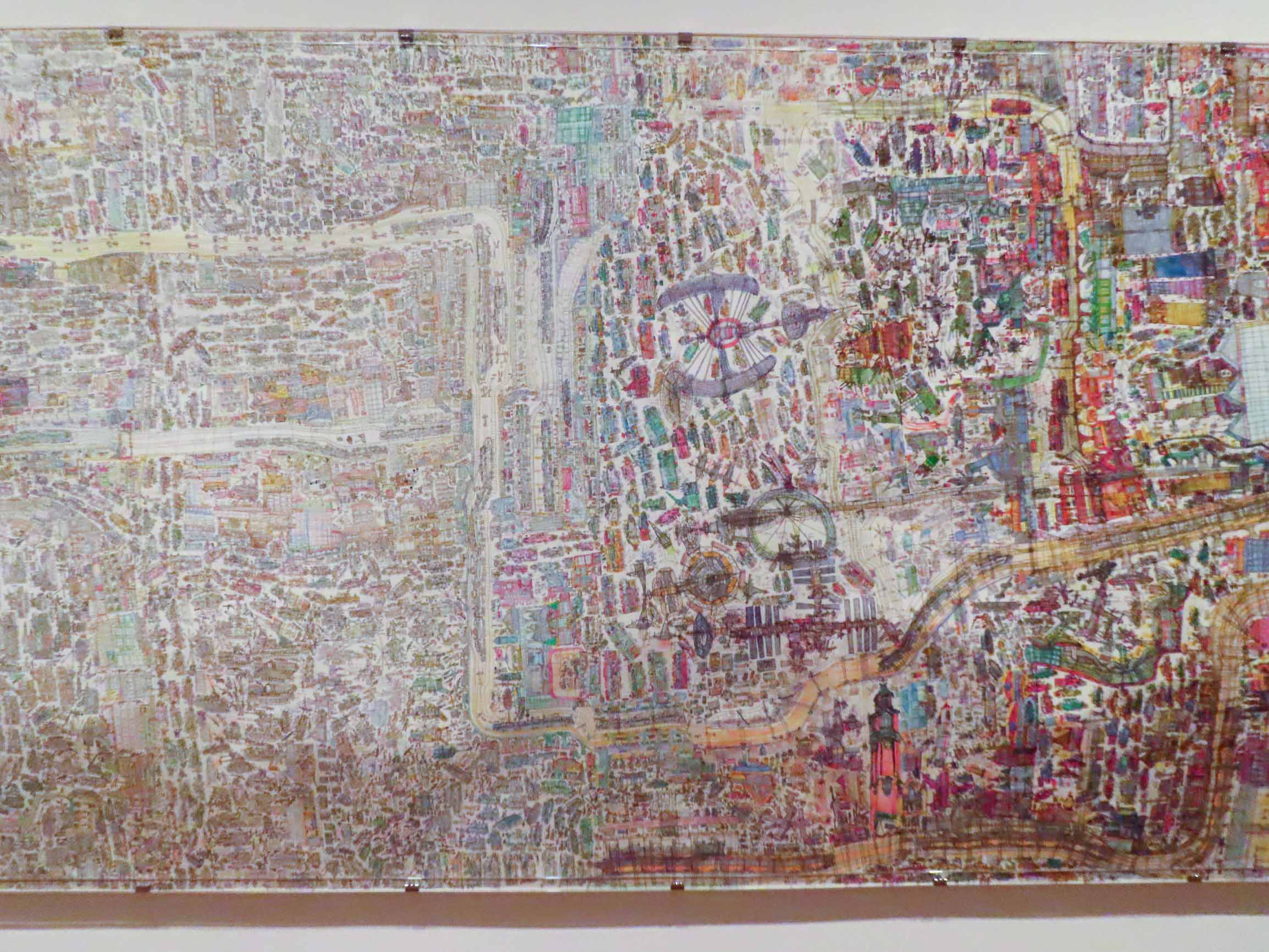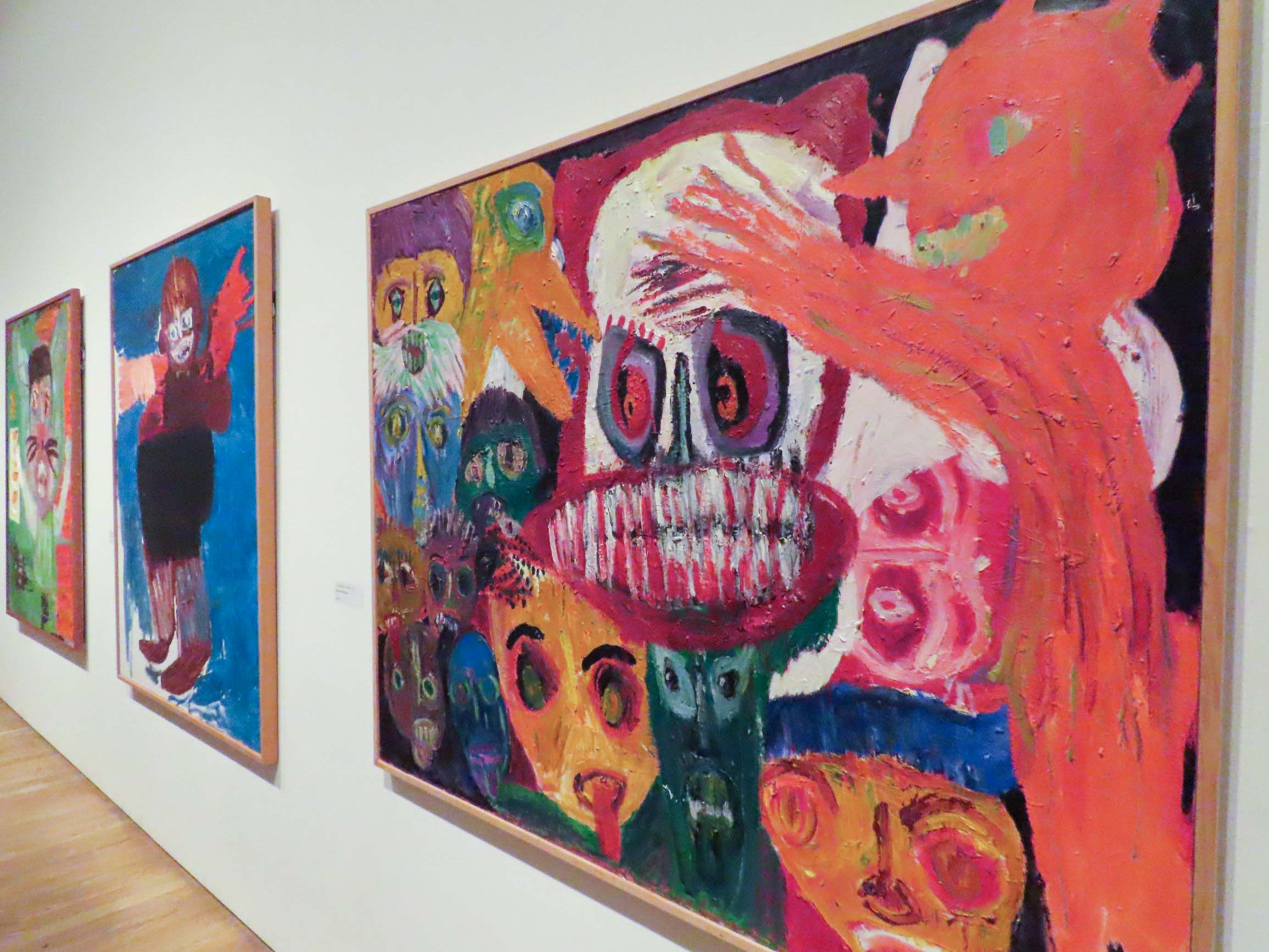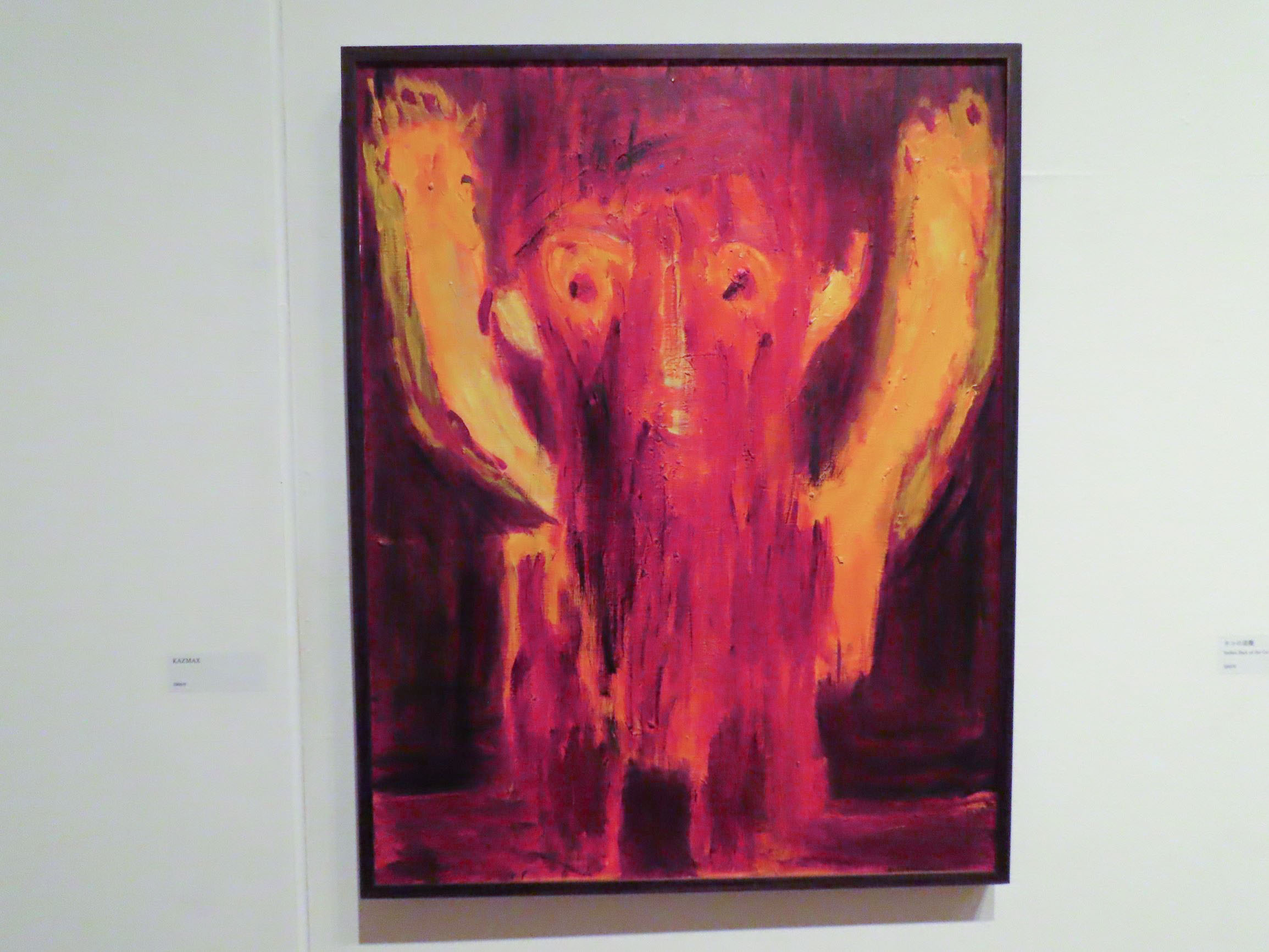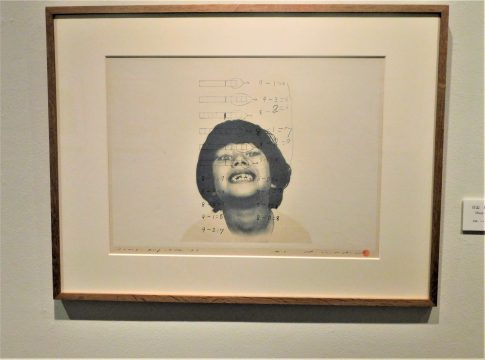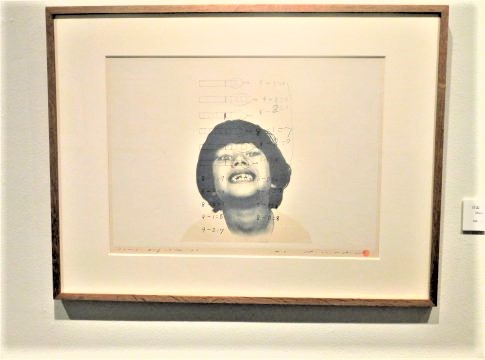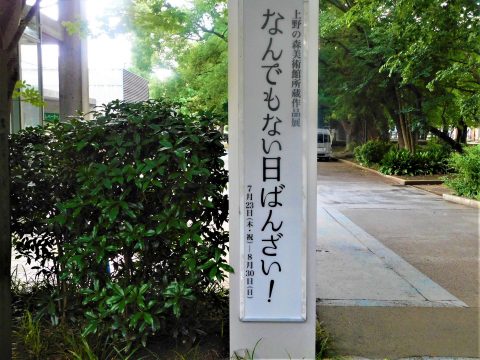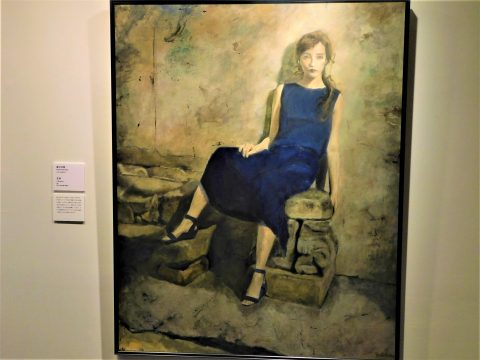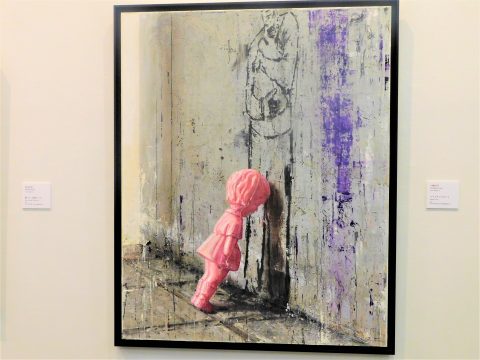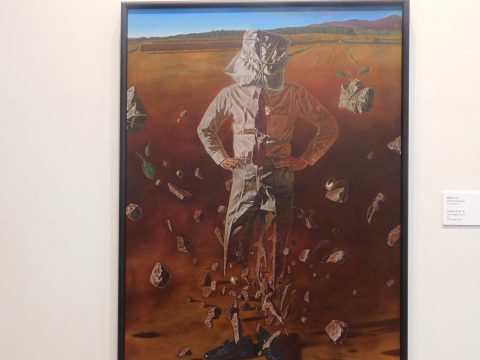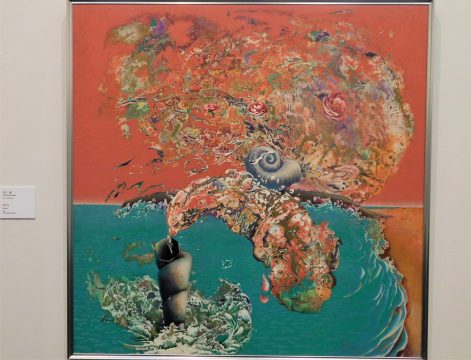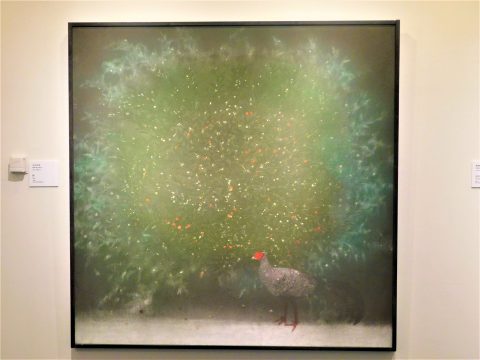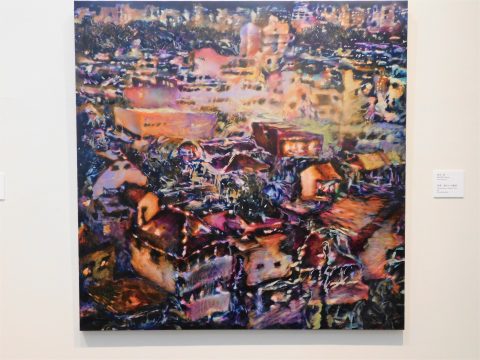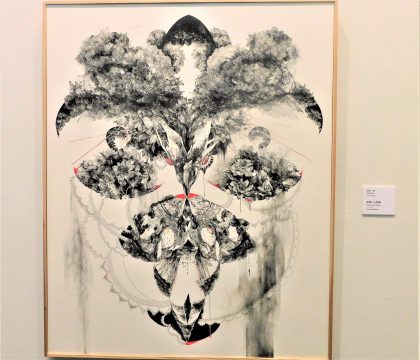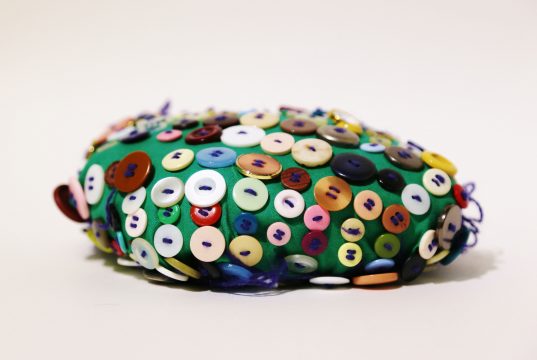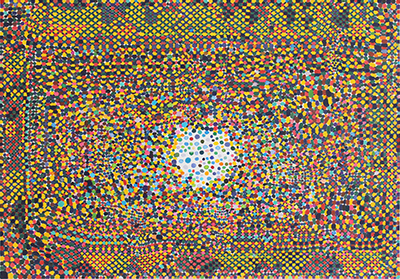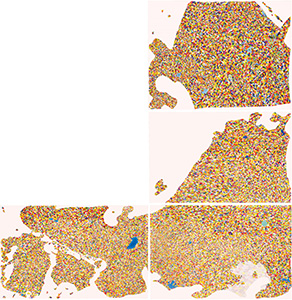Tokyo Metropolitan Art Museum
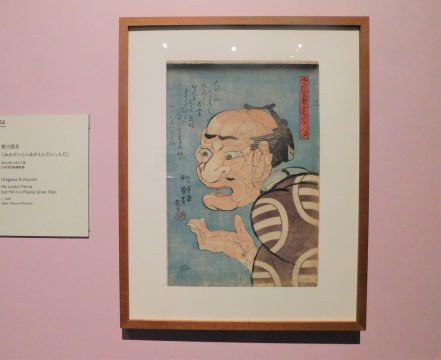
Kuniyoshi Utagawa “Apparent Hakoha ga Todai Ijin” Japanese Ukiyo-e Museum, first half exhibition
From Thursday, July 23, 2020, “The UKIYO-E 2020-Japan’s Three Great Ukiyo-e Collection” is being held at the Tokyo Metropolitan Art Museum (Until September 22 (Tuesday/holiday)) *Works may be replaced in the first and second semesters)
There was a press preview of this exhibition the other day.
In this article, we will introduce the exhibition, highlights, the composition of the exhibition, and the works featured by the editorial department.
See it!
What is “The UKIYO-E 2020-Japan’s Three Great Ukiyo-e Collection”?
The “The UKIYO-E 2020-Japan’s Three Great Ukiyo-e Collections” held at the Tokyo Metropolitan Art Museum is no exaggeration to say that it is Japan’s three major Ukiyo-e collections. The Ota Memorial Museum, the Japanese Ukiyo-e Museum, and the Hiraki Ukiyo-e Foundation The collection of Ukiyo-e masterpieces in the collection will be displayed in the first and second semesters, with approximately 450 selected masterpieces of Ukiyo-e prints.
You can fully enjoy the charm of Ukiyo-e, a genre of art that represents Japan and was loved by the common people of the Edo period.
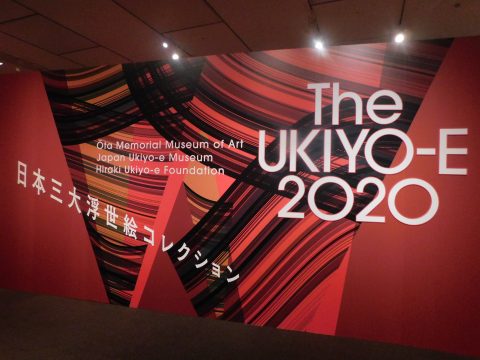
Five highlights of “The UKIYO-E 2020-Japan’s three major Ukiyo-e collections”
There are five highlights of ” The UKIYO-E 2020- Japan’s Three Great Ukiyo-e Collection.”
(1 ) This is the first exhibition in history that brings together the three major Ukiyo-e collections.
(2) Representative works of about 60 artists who will exhibit the history of Ukiyo-e will be released at once.
③ Of the approximately 450 items exhibited, 100 or more of important cultural properties and art pieces will be exhibited.
④ There are many gems in the collection, such as the only remaining work in the world.
⑤ We will be exhibiting the super famous works Hokusai Katsushika “Thirty-six Views of Tomitake” and Hiroshige Utagawa “Five-three Tokaido Roads” throughout the year.
-
Composition of each chapter and featured works by the editorial department
Chapter 1 Early Ukiyo-e
The early Ukiyo-e prints started with the “Sumizuri-e”, which is a black-and-white plate from the Enpo era (1673-81).
After that, “Tan-e” (tane), which was colored by brushing sumi-suri mainly on red, “red” (red) instead of red, “red-painted” (black), black By mixing glue on the part, a glossy “lacquer picture” was created.
Around the Enkai period (1744-48), plate coloring with red and green color plates was performed, and it was named “Benizuri-e” (Benizurie). Establish
In the first chapter, the works of painters from the early days of Ukiyo-e, Hishikawa Morinobu, Kagetsudo school, Masanobu Okumura, Kiyonobu Torii and Kiyobe are exhibited.
[Editor’s Featured Works]
● Hishikawa Moronobu “Young people and daughters”
This is a work by Morinobu Hishikawa, the founder of Ukiyo-e prints, depicting men and women who nestle by the partition.
The simple line drawn in a frame like arabesque and the yellow and red colors painted on the line draws attention.
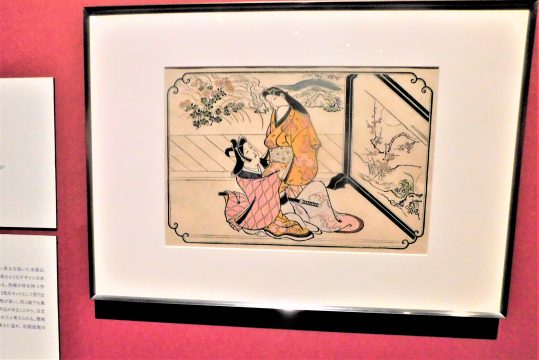
● Kaigetsudo Toshige “Standing Beauty”
This is a work by Kagetsuge Toshige, who is said to have the largest number of prints among the Ketsugetsu school that mainly draws hand-painted drawings.
I draw a full screen of a woman standing in front of a kimono.
The dignified appearance of a woman is truly a standing beauty.
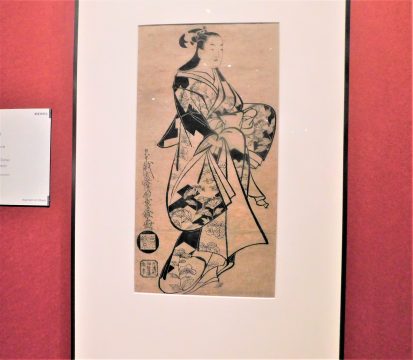
●Toshinobu Okumura “Oshichi and Yoshizo”
It is a work depicting the story of Ochichi and Kichisaburo, who was adapted to Joruri and Kabuki.
It captures the appearance of a greengrocer Oshichi handing a love letter t o Yoshisaburo
It is famous that the second character Sanjo Kantaro played the role of Seven in order to improve Kiyosaburo Arashi, and in subsequent performances, the seventh character came to use Kisaburo Arashi’s standard pattern.
Yoshisaburo of this work can see the crest of the second generation Nanasaburo Nakamura in the costume, but he could not find the Kyogen that Nansaburo played Kisaburo at that time.

Chapter 2 The birth of Nishiki-e
Around 1765, a multicolored print was born and was called “Azuma Nishikie” in the sense of a beautiful Edo-like painting.
In the second chapter, works by Harunobu Suzuki, Ryusai Isoda, Ippushisai Buncho, and Haruaki Katsukawa, which were most active in the era of Nishiki-e, were exhibited.
[Editor’s Featured Works]
●Harunobu Suzuki “Eight Scenes of the Furyu”
This work is associated with the traditional Chinese landscape painting title, Shosho Hakkei.
It depicts a scene from the story of the “potted tree,” which is associated with eight songs.
It’s just a broom that wipes off the snow on the roof, but its appearance is elegant and has an atmosphere.
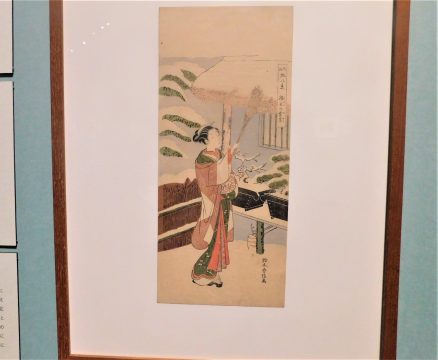
● Haruaki Katsukawa “The first generation Nakamura Nakazo Ota Kotota 3rd generation Koji Otani Chuta Banba”
A scene from Nakamuraza’s “Omezome Soga Hinagata”
It is depicted that two of the first generation Nakamura Nakazo, Kota Omi, and the third generation Koji Otani, Tadashi Banba, make a dark match.
The heat of the actors who perform with a screaming expression is transmitted to the skin.
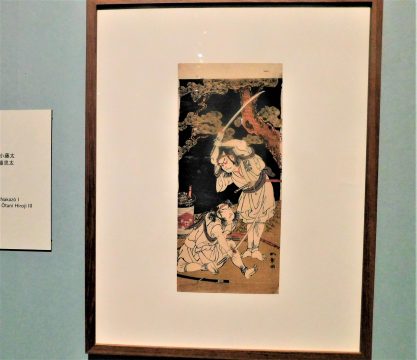
Chapter 3 Development of Bijin-ga and actor paintings
During the Tenmei period (1781 to 89), Kiyocho Torii created a graceful and tall beauty painting style and produced many group images.
During the Kansei period (1780-1801), Kitagawa Utamaro drew women of various levels.
Tohsusai Sharaku is a painter who has suddenly disappeared within just one year from May 1794 (Kansei 6), but is internationally acclaimed.
In the third chapter, works by Kiyocho Torii, Utamaro Kitagawa, Sharaku Tosusai and Toyokuni Utagawa are exhibited.
[Editor’s Featured Works]
● Kiyonaga Torii “Yusuzumi Okawabata”
This work depicts women who enjoy the cool breeze at the riverside.
This is the first exhibition in 40 years.
Summer in Edo begins at the river opening on May 28th.
What do you see in front of the sight of enjoying the summer with a teahouse girl with a tea cup on the left, a woman with a fan in the center, and women with one foot on the right?
*The downstream of the Sumida River was known as Okawa at that time.
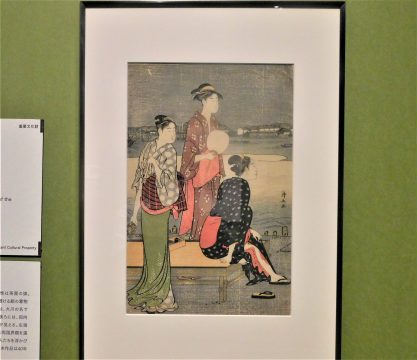
●Utamaro Kitagawa “Five beautiful women love and respect competition Matsubaya Kisegawa”
The Five-Person Beauty Love Race is a collection of all five figures depicting a beautiful woman who is famous in Edo.
You will be fascinated by the beautiful Edo beauty who is well-established.
The suppleness of the fingers of a woman with her hand on her chin is also impressive.

● Tosusai Sharaku “Hangoro Sakata’s third generation Mizuemon Fujikawa”
This is one of the series in which the third generation Sakata Hangoro played the role of the thirteenth anniversary of sacrifice and the third generation Sakata Hangoro played Fujikawa Mizuemon.
The mouth of Fujikawa Mizuemon, the eyes that open up, and the arms with raised blood vessels are exactly the appearance of the enemy.
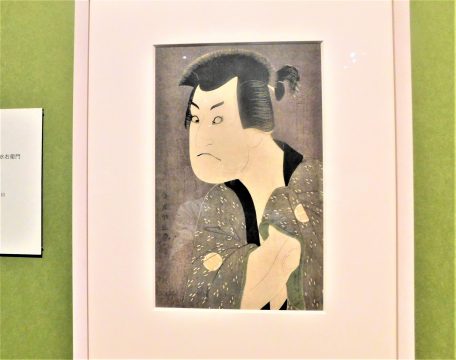
● Toyokuni Utagawa “Konoshita Tokichi of the third generation Ichikawa Yaozo”
This is a work that is said to have been portrayed by Tokichi Konoshita in the “Kaien Festival Religion” written by Yazo Ichikawa, the third generation, in 1796.
The Kien Festival Religion is a story of Tokichi Konoshita’s success in confronting the villain Daizen Matsunaga.
The eye power of Yaozo Ichikawa, the third generation of this painting, is overwhelming.
From that eye, you can feel an unusual will
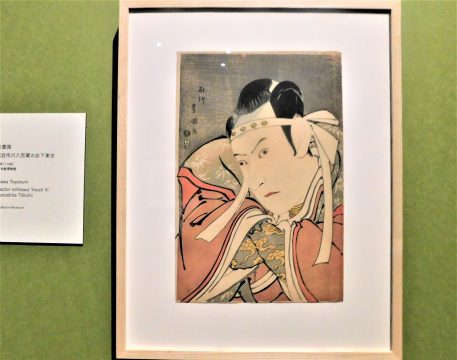
Chapter 4 Diversifying expressions
When entering the culture and Bunsei period (1804-30), Nishiki-e, which had a rough atmosphere, became more detailed and the amount of information drawn on the screen increased.
In the fourth chapter, the works of Kunikawa Utagawa Kunisada (later named Utagawa Toyokuni) and other works by Hideki Kikukawa are exhibited.
[Editor’s Featured Works]
● Eizan Kikukawa “Higashi Sugata Genji Koyoga”
In one of the assortment comprising a combination of the bust of Genji Karuta and women, it is a work depicting a daughter to read the booklet in the light of the row lights.
I was impressed by the serious expression of a woman who leaned her head and read the booklet diligently to illuminate the page.
It feels like the red of the book, the barrette and the red of the kimono are in harmony.
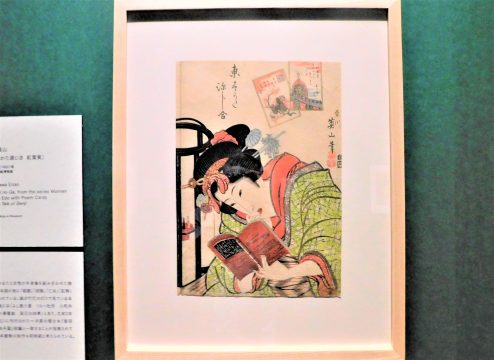
●Kunisada Utagawa “Komo Oil Painting, Eitai Bridge”
It is a collection of landscape paintings drawn in Western style, and among the known ones, there are five figures, “Komo oil painting style” and “Komo oil painting famous spot”, respectively, totaling 10 figures.
This work features Nagadaibashi, the fourth bridge built in the Sumida River.
A houseboat is gracefully crossing the Eidai Bridge.
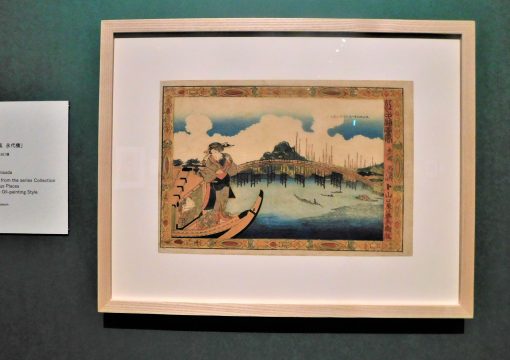
Chapter 5 World of Nature and Storytelling
Around the early Tenpo period (183-33), the “Thirty-six Views of Tomitake” series, which includes “Ukiyoe prints” by Katsushika Hokusai and “Kamikawa Oki Nanura”, will be published.
In the 4th to 5th years of the Tempo (1833-34), Hiroshige Utagawa’s masterpiece, Tokaido Gotoku Miyoshinouchi, was also produced.
In Chapter 5, works by Hokusai Katsushika, Hiroshige Utagawa, and Kuniyoshi Utagawa are exhibited.
[Editor’s Featured Works]
●Hokusai Katsushika “Thirty-six Views of Mt. Fuji Gaifukaisei”
Tomi bamboo thirty Rokukei is, by changing the location overlooking the Japan of the name Peak Fuji, is painted works.
Fuji in this work is said to have captured the northern side of Fuji from near Lake Kawaguchi.
A total of 46 figures have been produced, and the image of Hokusai Fuji will be spread throughout the world.
My heart quivers as red Mt. Fuji penetrates the sardines and rises.
You will want to see all 46 figures and compare.
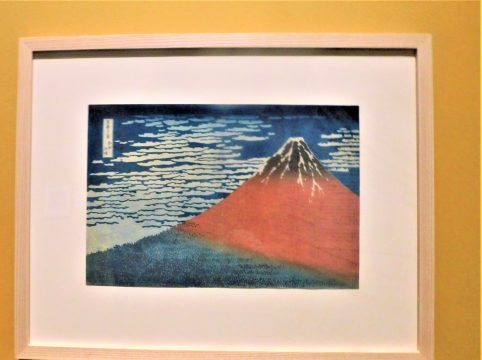
● Hiroshige Utagawa “Tokaido Gojyusantugi Mitsunouchi Hakone Lake Map”
Tokaido Gotoku Sanninouchi is a collection of masterpieces by Utagawa Hiroshige.
Consisting of 55 figures, the scenery of the journey is depicted lyrically, and the scene that changes with the season, time, and weather is expressed with a sense of reality.
This work depicts Hakone-juku, which was located between Odawara-juku and Mishima-juku, and the steep mountain path was one of the difficult points on the Tokaido.
The colors of the yellow, brown and blue mountains are colorful.
If you look at the Daimyo procession covered with a shade as you walk in the foreground, you can see the steep mountain path.
Would you like to see Mt. Fuji in the distance and rest a little?
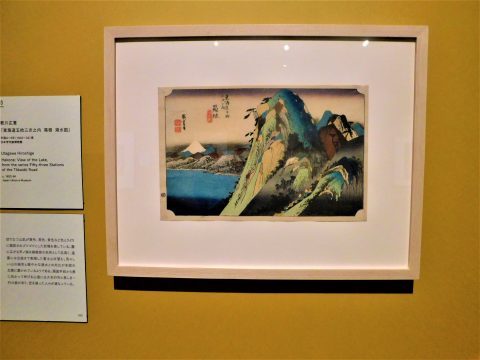
●Kuniyoshi Utagawa “It looks scary but nice”
It’s a puzzle-like caricature that gathers many humans and forms the half-length figure of one human.
I laugh at the faces and postures of each person.
The gap between the scary face and the facial expressions of the body parts is interesting.

Summary
We have introduced “The UKIYO-E 2020-The Three Ukiyo-e Collection in Japan”.
This is the first exhibition in history where the three major Ukiyo-e collections in Japan are trampled.
From the first chapter to the fifth chapter, the exhibition has a volume of 455 works drawn by about 60 artists in the first and second semesters.
If you are interested, please visit the Tokyo Metropolitan Art Museum, as you will rarely have the chance to appreciate the wonderful Ukiyo-e.
There are a lot of points, so you may want to look at the work of the artist you are looking for first, and then carefully look at the other works.
* At the venue, as a measure against the new coronavirus, we ask for temperature measurement and disinfection of fingers.
Thoroughly disinfect your hands, wear a mask, and keep your social distance to avoid crowds.
-
Event outline
Exhibition name: The UKIYO-E 2020-Japan’s three largest ukiyo-e collections
■Period: July 23, 2020 (Thurs./holiday) to September 22, 2020 (Tue./holiday)
First semester: Thursday, July 23rd to Sunday, August 23rd Second semester: Tuesday, August 25th to Tuesday, September 22nd
(*All works will be switched in the first and second semesters *Admission system with specified date and time)
■ Venue: Tokyo Metropolitan Art Museum Exhibition Room
■Opening hours:9:30-17 :30
■Closed days: Monday 17th August, Monday 24th August, Monday 7th September, Monday 14th September
■ Viewing fee:
*This exhibition has a designated date and time. For details, visit the official website of the exhibition ( https://ukiyoe2020.exhn.jp)
*Free for junior high school students and younger, and those with a physical disability certificate, love certificate, nursing certificate, mental illness health welfare certificate, and A-bomb survivor’s health certificate and their accompanying person (up to 1 person) Free application is required)
*Please bring proof of all
■ Exhibition official website: ( https://ukiyoe2020.exhn.jp)

